Lost-Foam Casting vs. Sand Casting: What’s the difference
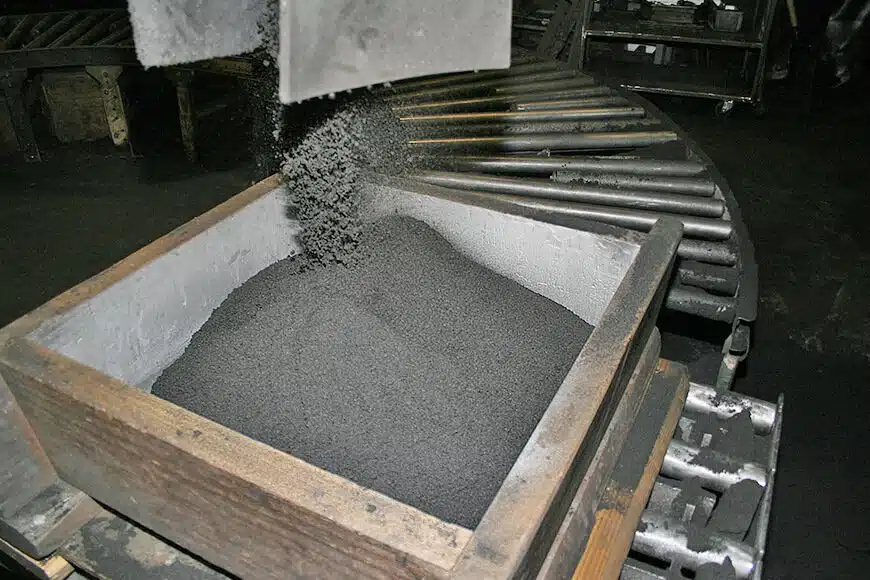
Lost-Foam Casting Sand Casting Pattern Material · Uses expanded polystyrene (foam), which evaporates during metal pouring. · Uses a solid reusable pattern made of wood, plastic, or metal. Mold Type · Unbonded dry sand supports the foam pattern. · Green sand (a mixture of sand, clay, and water) forms the mold. Pattern Reusability · […]
Metallographic Testing
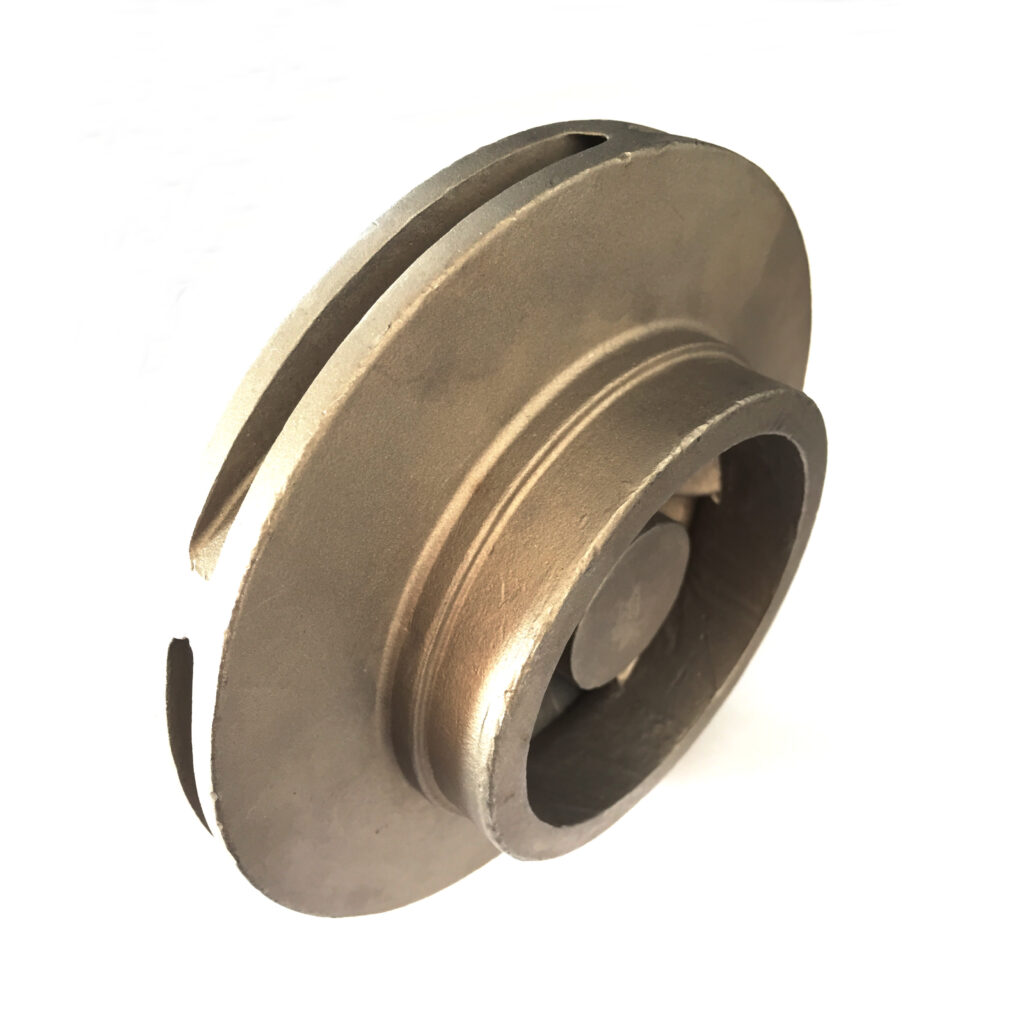
Metallographic testing, or metallography, is the art and science of preparing, examining, and interpreting the microstructure of metals and alloys. This process is fundamental in materials science for quality control, failure analysis, and research and development. The primary goal is to reveal the internal structure of a material, which directly correlates to its mechanical properties, […]
Measuring the Elongation of a Metal Specimen
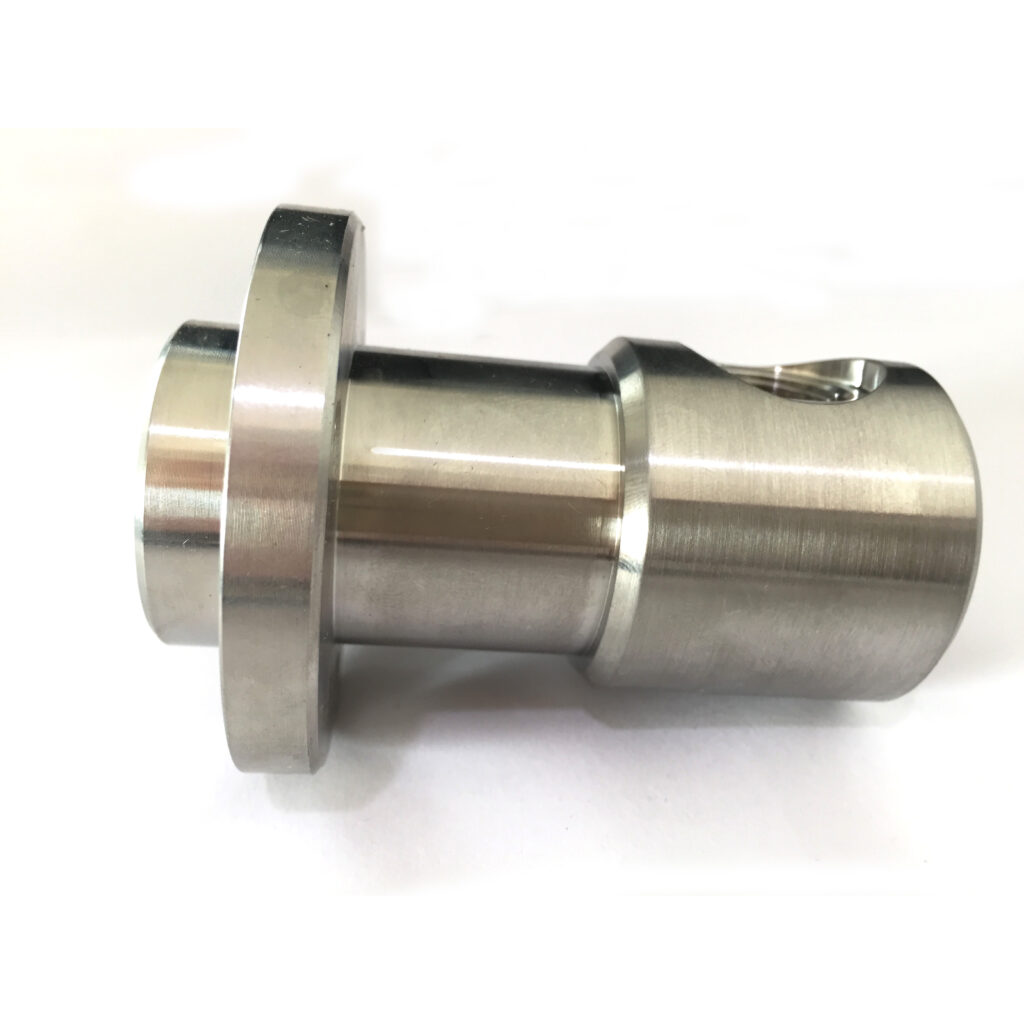
Elongation is a fundamental measure of a material’s ductility, indicating its ability to be plastically deformed without fracturing. It is expressed as a percentage and is a key result obtained from a tensile test. The process of measuring it involves both precise testing and careful post-test analysis. The core formula for calculating elongation is: Percentage […]
How does the lost foam casting process work?
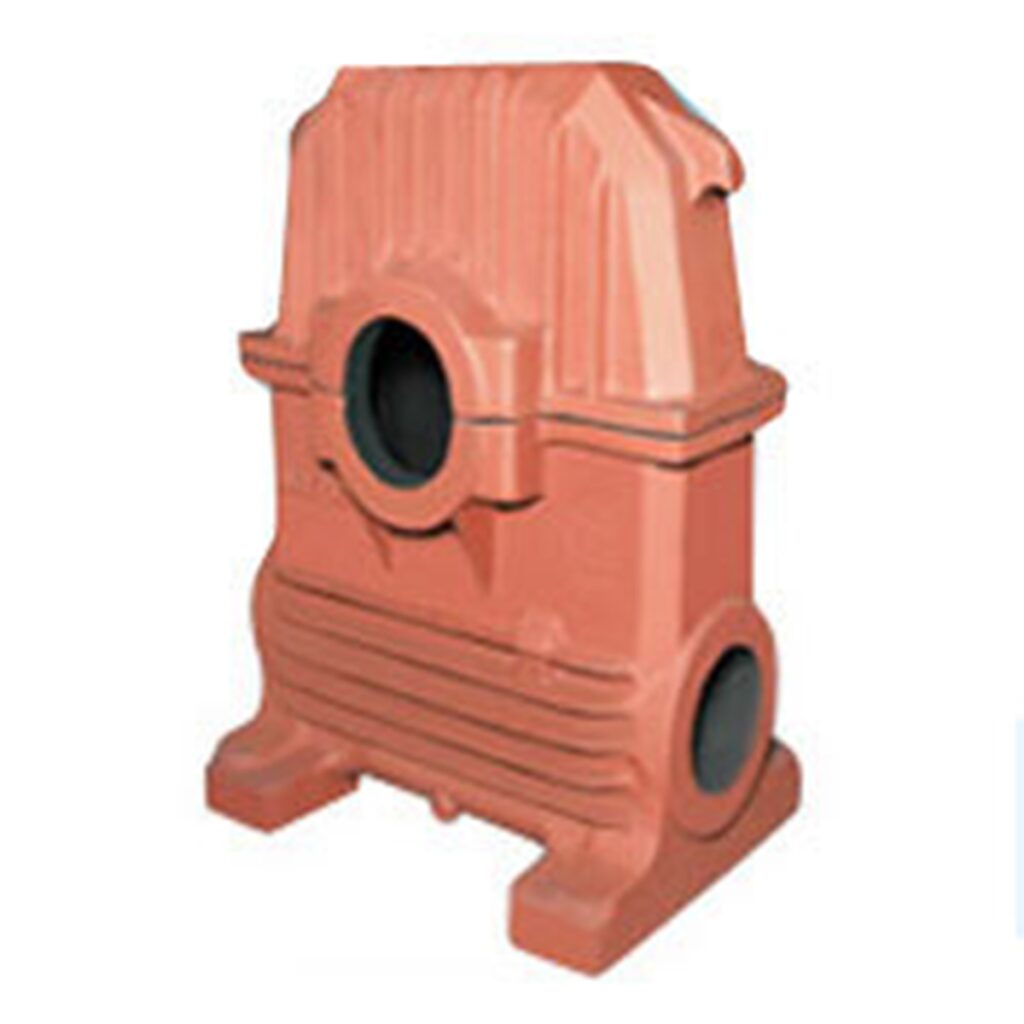
Hopefully, now you have a better idea about what the LFC process is. However, for a deep understanding, here I’m going to discuss its step-by-step process that how using a foam pattern you finally reach your desired metal shape. Well! The LFC process is accomplished mainly in 5 steps, let’s have a look at […]
The Tensile Test
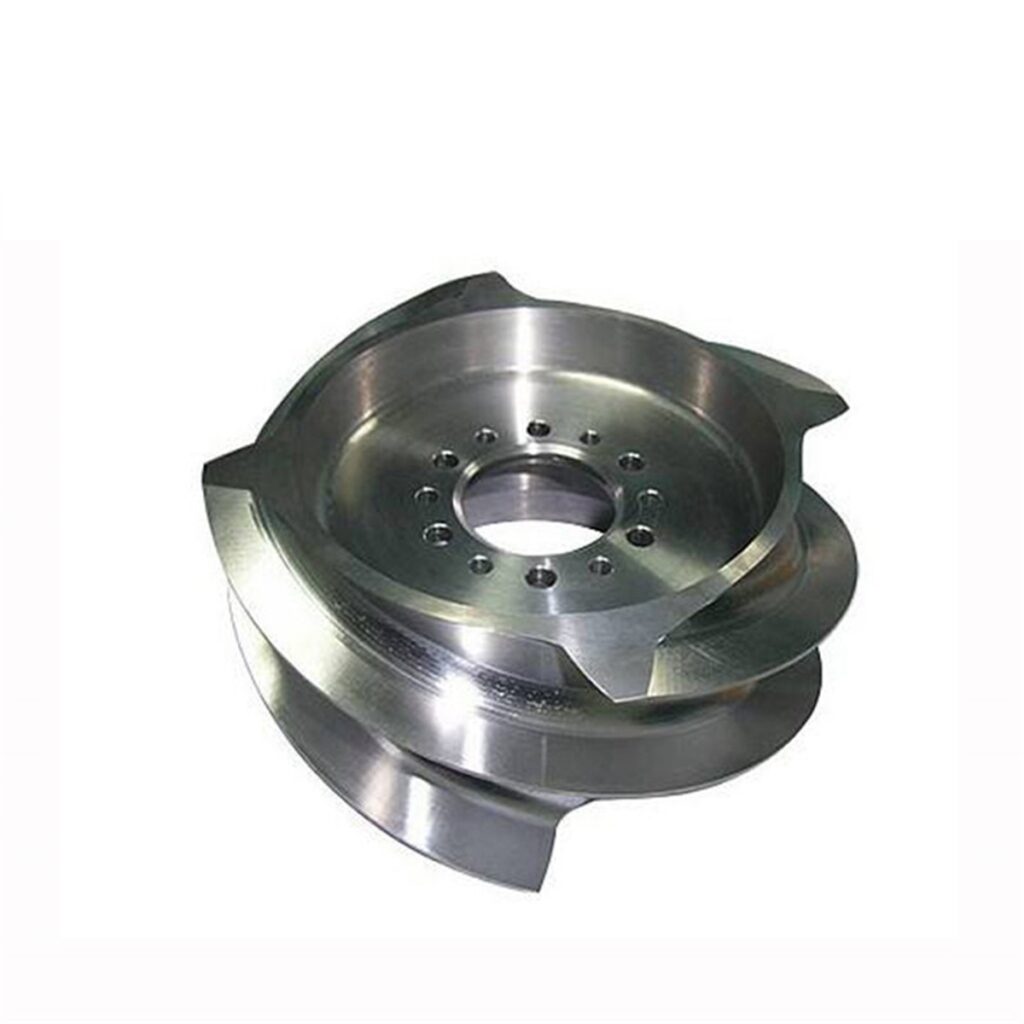
A tensile test, also known as a tension test, is a fundamental mechanical test used to determine the behavior of a material under an axial stretching load. It is one of the most common and important tests in materials science and engineering, providing key data for material selection, quality control, and structural design. The primary […]
What is lost foam casting?

“Lost foam casting is a type of evaporative metal casting in which a polystyrene foam is used as a mold to shape the molten metal parts, which later on vaporize when the job is done. You know, in earlier practices, people relied on the investment casting process to make the metal parts. However, this […]
Methods for Detecting Metal Material Composition

Determining the chemical composition of a metal is fundamental in materials science, manufacturing, quality control, and failure analysis. The methods range from simple, non-destructive techniques for quick sorting to highly sophisticated laboratory instruments for precise quantitative analysis. They can be broadly categorized into Non-Destructive Testing (NDT) and Destructive Testing. Non-Destructive Testing (NDT) Methods These methods analyze the material […]
What is black oxide?
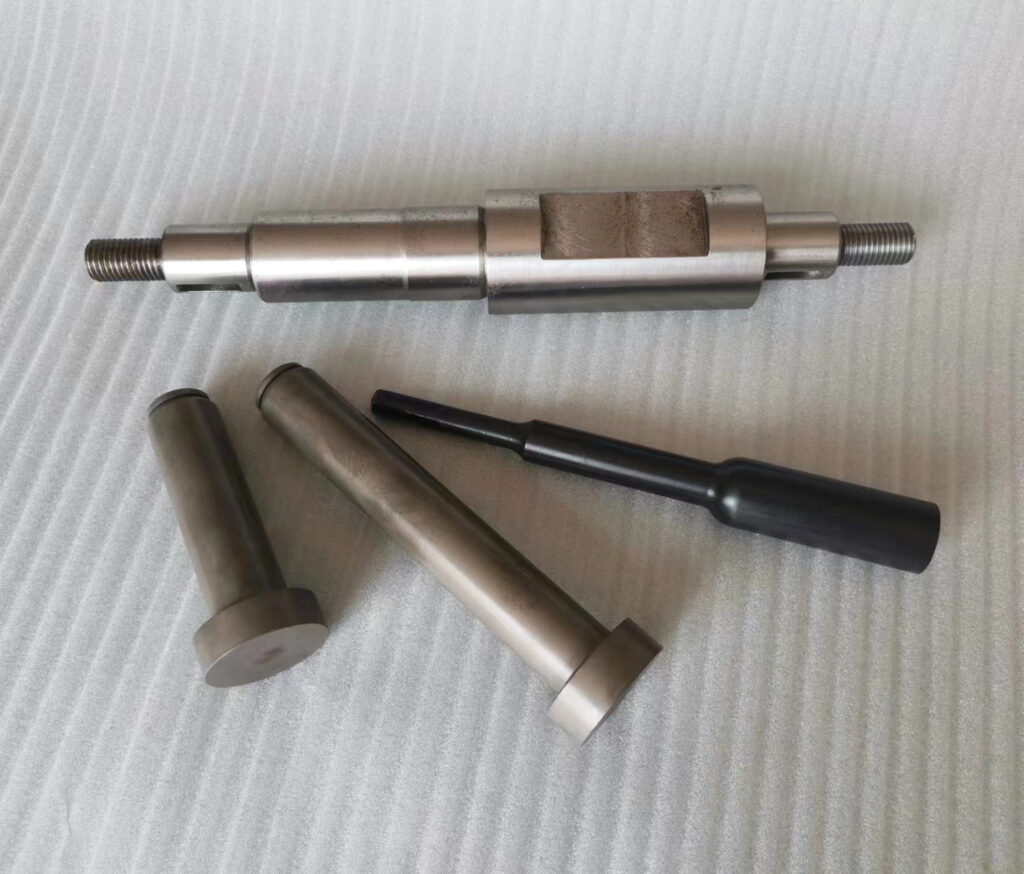
Black oxide, which is also called blackening, is a type of chemical conversion coating process mainly applied to ferrous materials like steel or iron. The metal reacts chemically with a specific alkaline oxidising solution to produce an extremely thin layer of iron oxide(Fe₃O₄) film. This film(about 0.5-1.5μm)is uniformly black and tightly bonded to the metal […]
Mechanical Properties of Metal Components
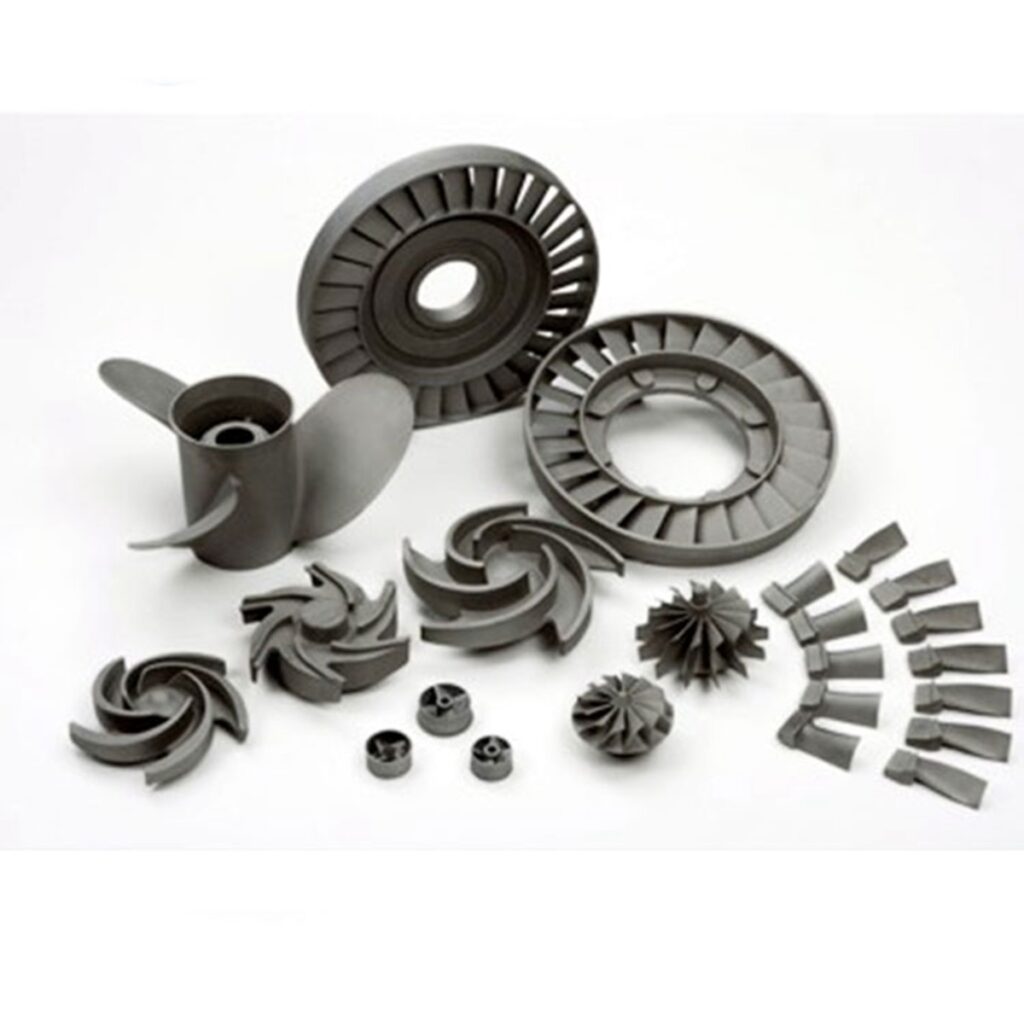
The mechanical properties of a metal define how it reacts when subjected to mechanical forces and loads. These properties are crucial for engineers and designers to select the right material for a specific application, ensuring performance, safety, and reliability. Here are the key mechanical properties: 1. Strength Strength is the ability of a metal to […]
Types of Lasers Used for Welding
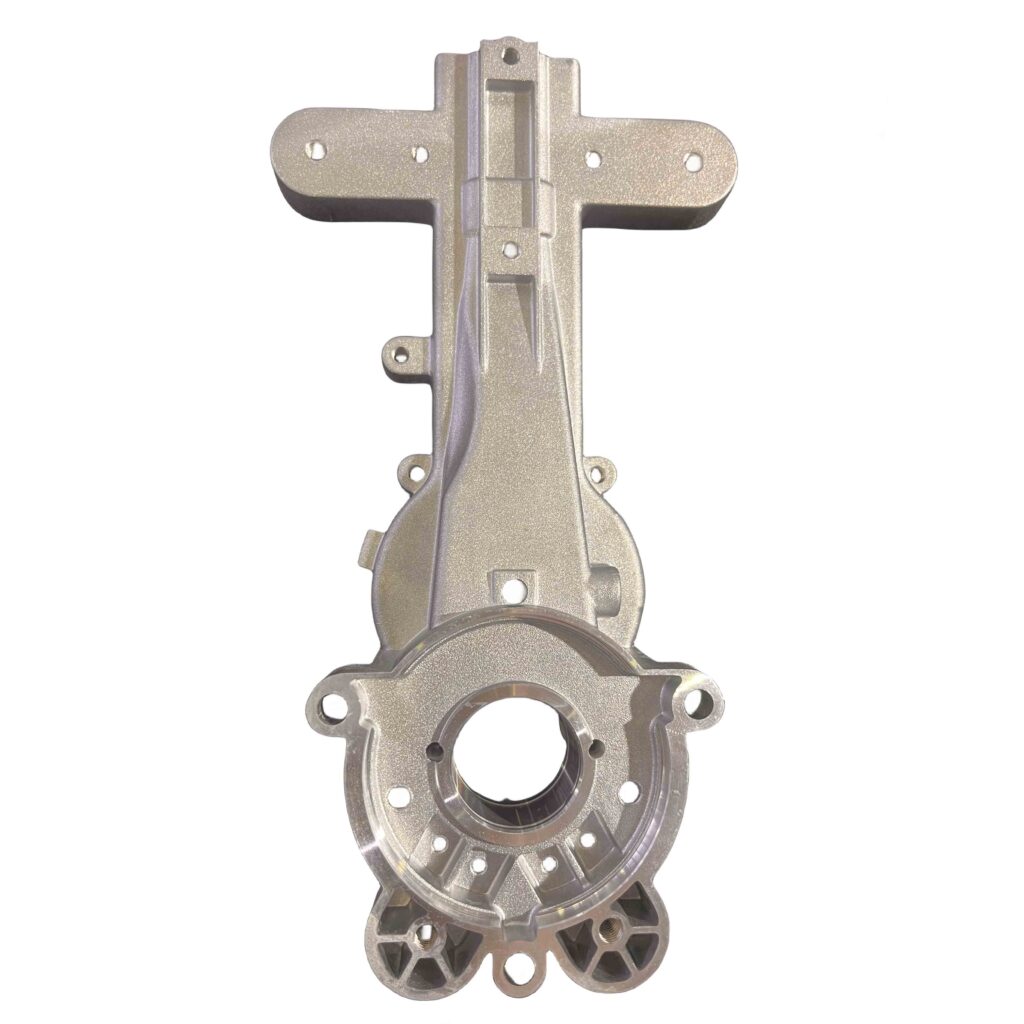
Lasers used for welding can be divided into several categories according to the active medium that produces the laser: Type Active Medium Wavelength Advantages Limitations Applications Fiber Laser Welding Rare-earth-doped Glass Optical Fiber ~1070nm 1. Extremely high Wall-plug efficiency (30-50%) 2. Excellent beam quality 3. Low maintenance costs 1. High equipment costs 2. Welding […]

